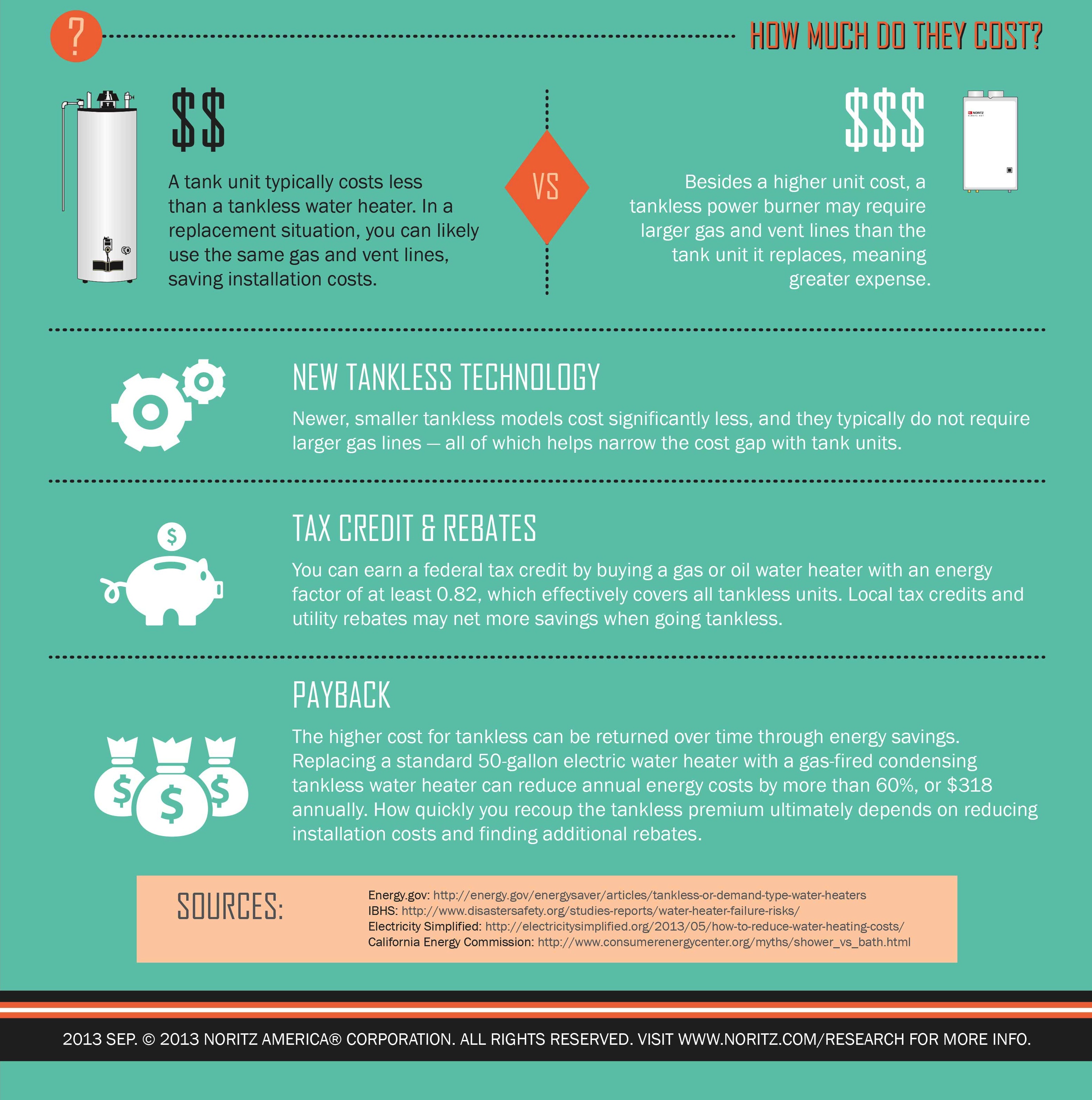
Homebuilders today face challenges competing in the marketplace. One opportunity that some may be quick to brush off is green building, which has actually become easier to do and is more profitable in the long run for both homebuilders’ businesses and the homeowner. The first question that most builders have when approached with this topic is, “But, where do I start?”
On Wednesday, February 5, 2014, Don Ferrier of Ferrier Custom Homes, Tim O’Brien of Tim O’Brien Homes and Ron Jones of Green Builder media gathered at the Noritz Booth for a panel discussion at the 2014 International Builders’ Show in Las Vegas, to answer this question, as well as other questions about green building, being a green builder, and what builders curious about green building can do to apply the concepts to their own practice.
Q: In your personal experience, where does the sustainability process start when building a new home?
Don Ferrier: Sustainability starts with planning. You have to be sure that you have a good team and that the entire team, including all of your subs and vendors, involved with the project are committed to what you’re doing. If you tell your electrician or your plumber that they made a penetration in your wall envelope and you want it sealed because you don’t want moisture intruding or air escaping, they’re going to look at you like you’re crazy, because they’ve never heard of that before. Sustainability is something that’s slightly different—enough different that it takes a lot of education in-house as well as everywhere else. But of course, you start with the site and determining how to best handle it, and then you walk through what the owners want to accomplish and you try to merge those two the best they can.
Tim: I think another piece is making sure that everybody understands the components of sustainability. You know, it’s not just one area. Like in our market, we’re in a cold climate, and people think that green is energy efficiency. There’s more to it than just energy efficiency. And like Don said, bringing everybody on board to make sure they understand why you’re doing the things that you’re doing is very important and it’s just as important to get education in the field to the trade contractors as well as to your internal staff.
Ron: These guys are great builders and they have expressed a number of things that I distill down into one word, and that’s intent. Sustainability starts with your intention. You have to have a commitment to outperform what’s acceptable. You want to excel in this business, and the way you do it is by setting a higher standard for yourself and the people you’re working with. The product selections, the systems and the outcome will follow.
Don: Another thing that always comes up at the beginning of the planning process in dealing with a client, is something which we’ve heard for many years: a passive home requires an active homeowner, and that if you want a home that is very high performance, the homeowner may have to open some windows and doors. Often builders can use this as a selling point though, because in my experience, most of them are already willing and used to doing that. I deal with clients based in hot climates, and in the spring and fall it’s 80 degrees inside and 60 degrees outside as it’s cooling off in the evening. I always ask clients, “Will you open the windows to flush it out, or will you turn the air on?” Typically about 90 percent—unless they have allergy problems—say they would open the windows. We’re always trying to think of ways we can get the predominantly south/southeast winds flowing through the home to flush it out, things like that.
Overall, you’re looking at the efficiency as a scale. You’ll typically pay more for those items up front, but they’ll always pay for themselves and the energy they save. For that matter, we do energy modeling on every home we build so that the homeowner can see that and it helps them make decisions. Our clients come in and they’ve got 50 things they know they want in their house and I’ll ask them what kind of budget they’re looking at, and from there, I let them know how many of those things on their list can fit into their budget, and that’s when we facilitate them through their decision process.
Stay tuned for more topics that were discussed by this group of experts at the Builders’ Show for advice and tips on green building.










